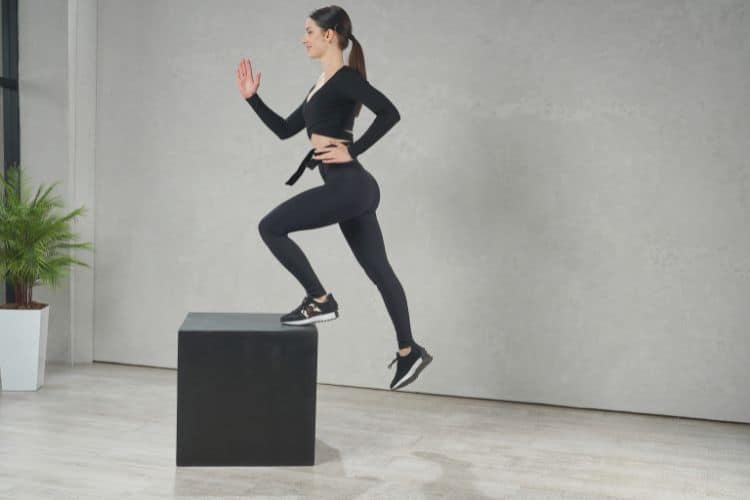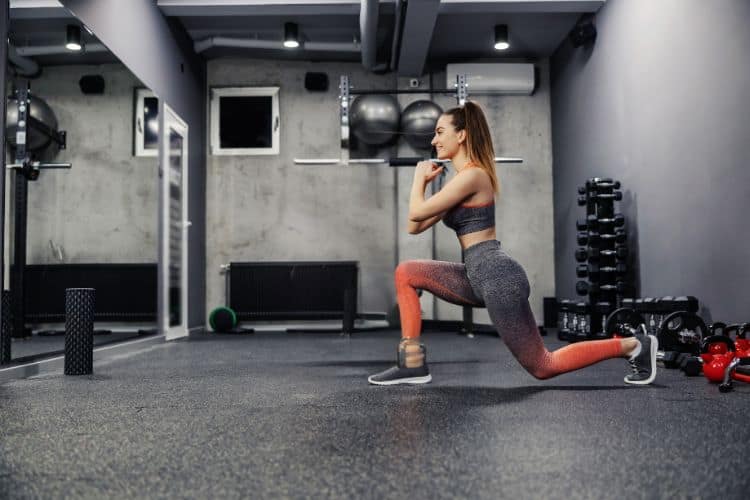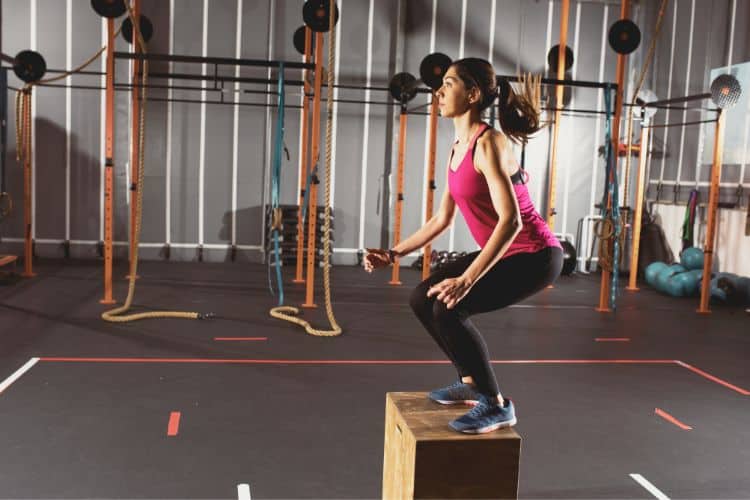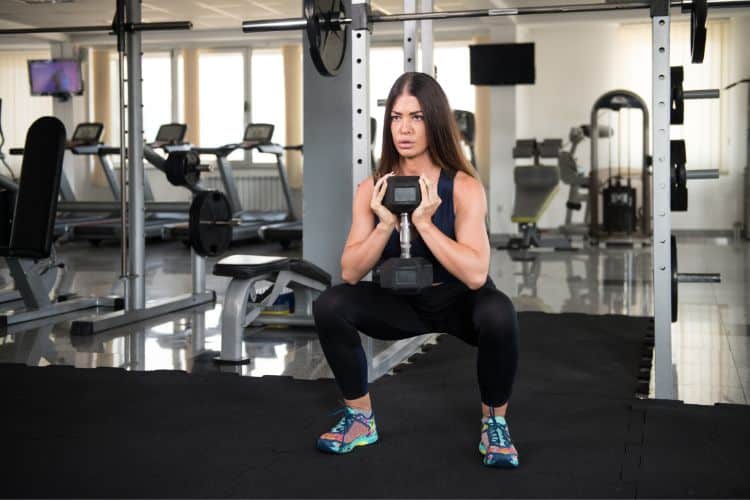Sign up for workout ideas, training advice, reviews of the latest gear and more.






When it comes to building powerful legs, strong glutes, and a stable core, few exercises are as accessible and effective as the dumbbell goblet squat. This full-body functional movement not only improves strength and muscle definition but also supports posture, mobility, and fat loss. Whether you’re a beginner or an experienced lifter, goblet squats can fit perfectly into your routine with just a single dumbbell.
In this blog post, we’ll dive deep into everything you need to know about dumbbell goblet squat workouts—from form tips and muscle activation to complete training routines you can use at home or in the gym.
The goblet squat is a squat variation where you hold a single dumbbell (or kettlebell) in front of your chest in a “goblet” position. Unlike back squats or front squats that use a barbell, the goblet squat is beginner-friendly, easier on the joints, and perfect for reinforcing proper squatting mechanics.
Dumbbells offer a user-friendly grip, making them an ideal tool for the goblet squat. Holding the dumbbell at chest height not only improves upper body stability but also keeps your posture upright, reducing strain on the lower back and enhancing core engagement.
Dumbbell goblet squats are compound exercises, meaning they work multiple muscles across multiple joints. Here’s a breakdown:
This makes goblet squats a perfect blend of strength, coordination, and core control.
Goblet squats mirror real-life movements like picking up groceries or getting up from a chair, making them ideal for improving everyday strength and mobility.
Holding the dumbbell in front of your body naturally encourages a more upright spine, helping beginners develop proper squat mechanics and full range of motion.
The anterior load (weight held in front) places more demand on your abdominal muscles, making goblet squats a fantastic tool for core training.
Compared to barbell back squats, goblet squats are easier on the knees and lower back, making them ideal for people with joint issues or those just starting out.
All you need is a single dumbbell—perfect for home workouts, hotel rooms, or tight gym spaces.
To get the most out of goblet squats and prevent injury, form is everything. Here’s a step-by-step guide:
Always maintain a neutral spine. A rounded back increases the risk of injury and reduces effectiveness.
Ensure your knees track over your toes throughout the movement. This protects your knees and engages the correct muscles.
Keep your heels planted firmly to generate maximum power and protect your joints.
Add a 2-3 second pause at the bottom of each rep to build strength, stability, and control.
Squat down to a box or bench to reinforce proper depth and teach controlled movement.
Add 2-3 pulses at the bottom of each rep for more time under tension, increasing muscular endurance.
Add an overhead press at the top to turn it into a full-body conditioning movement.
Depending on your goal—fat loss, muscle building, or strength—you can tailor goblet squats into your program accordingly.
Complete 3–4 rounds of the following:
To keep making gains, you need to challenge your muscles over time—a principle called progressive overload. Here’s how to apply it to goblet squats:
As you become stronger, gradually increase the dumbbell weight to keep the muscles challenged.
Another way to progress is by increasing the number of reps per set or adding extra sets to your session.
Controlling the eccentric (lowering) phase for 3–4 seconds increases time under tension and boosts muscle gains.
Introduce pause squats, pulses, or tempo squats to keep the workout fresh and demanding.
Dumbbell goblet squats are suitable for:
Yes—especially if you’re a beginner or intermediate lifter. Over time, you may need heavier loads or barbell variations for continued growth, but goblet squats are excellent for hypertrophy.
Goblet squats are more beginner-friendly and easier on the joints, while back squats allow for heavier loading. Both have value depending on your goals.
You can include goblet squats 2–3 times per week, depending on recovery and the rest of your training split.
The dumbbell goblet squat is a powerhouse movement that offers huge rewards in strength, endurance, and mobility with minimal risk and equipment. Whether your goal is to lose fat, gain muscle, or just move better in daily life, goblet squats deserve a spot in your weekly training plan.
They’re simple, scalable, and brutally effective—what more could you ask for?
Want more effective workouts?
Subscribe to our blog or follow us on Pinterest for new routines, challenges, and fitness tips!
Stay up to date on the latest women’s health, fitness and lifestyle trends and tips.